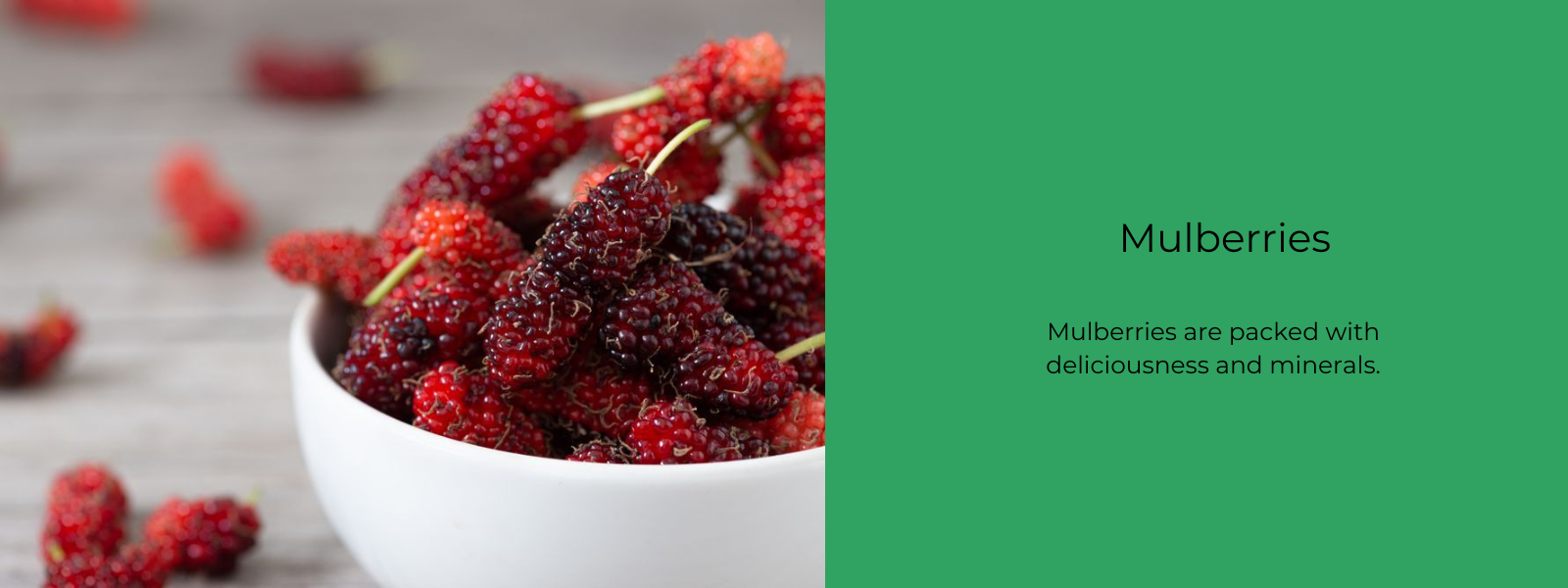Cape gooseberry, also known as "goldenberry" or "physalis," is a small, tangy fruit encased in a delicate papery husk. Rich in antioxidants, vitamins A and C, and dietary fiber, it supports immunity, promotes eye health, and aids digestion. This vibrant fruit is cherished for its unique flavor and is often used in salads, desserts, jams, and sauces, making it a versatile addition to various dishes. This fruit is named as Cape gooseberry because it was first grown at Cape of Good Hope, South Africa. They are typically grown in warm climates, such as those in South Africa, South America, Central America, India, and China.
Table of Contents
Health Benefits:
Repository for antioxidants and vitamin C:
Cape gooseberries have significantly more Vitamin C than lemons do! Vitamin C benefits your skin in addition to enhancing your immune system. It is claimed to satisfy 18% of the recommended daily intake of vitamin C, further boosting immunity.
Benefits for eyes:
In addition to vitamin C, cape gooseberries are also a good source of vitamin A, which boosts immunity and vision. Cape gooseberries are also high in iron, which improves your vision even more. It offers 14% of the recommended daily intake of vitamin A, which is healthy for the eyes and helps to ward off cataracts and age-related macular degeneration.
Regulates elevated blood pressure:
The phytochemicals found in cape gooseberries, such as polyphenols and carotenoids, can help lower blood pressure. These substances control the levels of bad cholesterol and support heart health combined with the soluble pectin fibre.
Bone vigour:
These berries aid in strengthening your bones because they are abundant in calcium and phosphorus. Additionally, it contains a significant amount of pectin, which aids in the absorption of calcium and phosphorus and strengthens bones as well as treats rheumatism and dermatitis.
Controls Diabetes:
Cape gooseberries are rich in soluble fibre, including fructose, which is advantageous for diabetes patients. The blood sugar levels may be lowered by these berries.
Aids with weight loss:
A handful of cape gooseberries, which are low in fat and calories, are a fantastic snack or meal filler to help you reach your weight loss objectives. To make the most of them, combine them with fruit or vegetable salads in a bowl.
Eases digestion:
Fibre is crucial for controlling your digestive processes. Cape gooseberries are an excellent source of fibre for your diet. Additionally, the pectin fibre it contains aids in soothing the agitated GI system, avoids constipation, and also works well as a laxative.
Anti-Inflammatory qualities:
Anthocyanins, which are abundant in cape gooseberries, reduces inflammation brought on by pain, swelling, and redness. Additionally, because these berries contain polyphenols and other antioxidants, they may be useful in treating conditions like asthma, which is essentially tracheal tube inflammation.
Meyer Trivantage Stainless Steel Triply Cookware Open Frypan, 28cm
Combats Influenza:
Cape gooseberries, which are high in antioxidants, help shield you from cold and flu symptoms. Consume them at least twice day with tea or hot water. You'll start to feel considerably more at ease as it clears your blocked nasal canal.
Side Effects:
Unripe cape gooseberries contain solanine, a toxin that can cause cramps and diarrhoea and, in rare instances, be lethal. You can incorporate them into your diet by eating them raw, juicing them, adding them to a salad or dessert, turning them into jam, or cooking with them.
Conclusion:
Cape gooseberry is a nutrient-packed fruit that combines a delightful taste with numerous health benefits. Its versatility in culinary uses and its ability to boost overall health make it an excellent choice for a balanced diet. Whether enjoyed fresh, dried, or cooked, Cape gooseberry adds a burst of flavor and nutrition to your meals.













Leave a comment